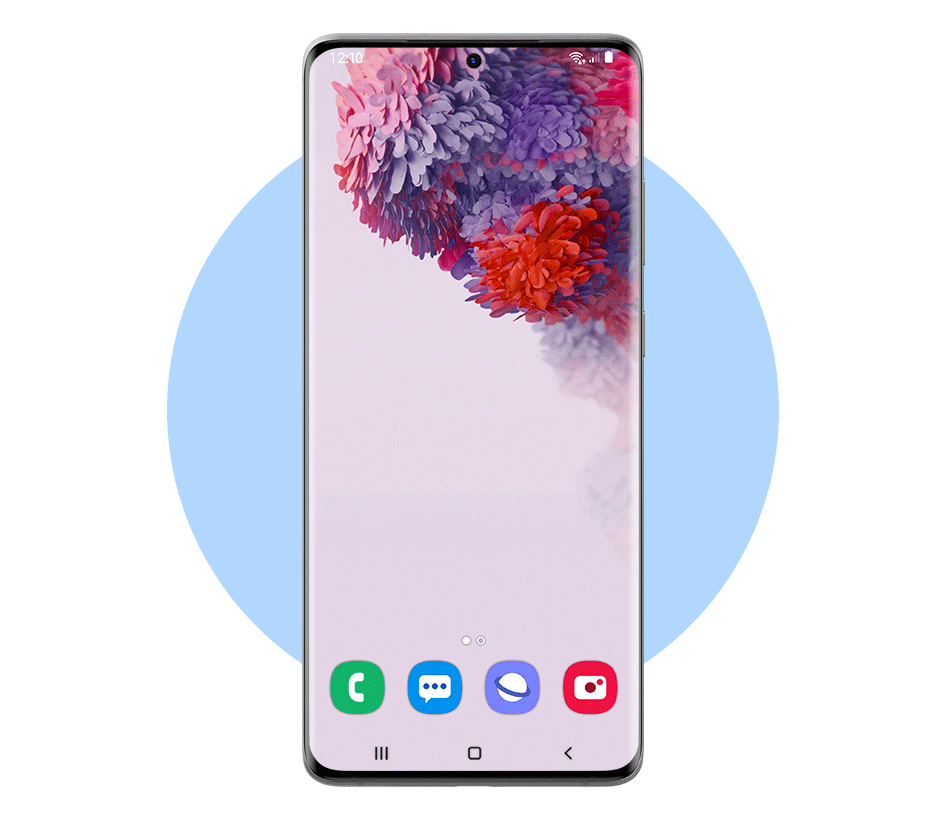The history of preinstalled apps
What are preinstalled and preloaded apps?
Seeing that the number of ads a person sees each day has risen from 500 to more than 5,000 in the last 30 years, marketers today need to break out of the box to get their apps to the top of users’ minds. Preloaded apps are one such channel - as they make sure advertisers are the first ones on the device before their competitors.
App distribution has taken some twists and turns over the years. While preloaded apps have transformed from being largely unpersonalized to following deep targeting parameters, new opportunities are emerging. Let’s take a look.
Preloaded apps in the past
Every marketing strategy was a novel concept at one point in time, including preloaded apps. In 1994, the first smartphone was released by IBM with preloaded features - Address Book, Calculator, Mail. A few years later in 1997, Nokia preinstalled the game Snake onto the Nokia 6110 device. The first iPhone in 2007 came with default apps such as photos and maps. These preloaded features, such as arcade games and calendars, set the stage for the preloaded apps we recognize today.
With the release of the App Store in 2008 and Google Play store in 2012, mobile apps exploded in popularity and accessibility, and a more targeted and personalized approach to app advertising became possible. In addition, partnering with device manufacturers directly to preload apps became a valuable way for app advertisers to get in front of high quality users. Put simply, app preloads were a marketing strategy in which apps were installed and licensed on new devices before the device was purchased.
However, the preloaded apps at that time were static and largely unpersonalized because they couldn’t provide the freedom of choice that users deserved. They were done through direct deals with OEMs and carriers, often restricted to app giants who could afford high contract costs and longer term commitments.
As technology has evolved, so have the channels for preloaded apps. Yet, many advertisers continue to believe that app preloads are as unpersonalized and invasive as they were 20 years ago. However, today there are companies like ironSource Aura that develop both the technology and manage the relationships between advertisers and OEMs and carriers, allowing for performance based user acquisition rather than fixed deals.
App preloads today with Aura
As mentioned, app marketing has become performance-based over the years, leading app developers to focus on acquired users’ quality and not just quantity. As opposed to the traditional preloads, Aura’s dynamic preloads gives advertisers the ability to target users, change rates, and optimize according to performance. Here are some of the benefits of Aura’s dynamic preloads:

- Quicker time to market: App developers can go live quickly with an Aura dynamic preload campaign, and avoid spending their time and resources on direct preload deals with OEMs and carriers. While with direct deals, you have to wait for the device to reach the stores and the users before you see results, Aura gives you immediate access to our advertising platform with flexibility and a dynamic approach.
- Optimize your targeting tactics: While traditional preloads are not capable of reaching relevant audiences, Aura optimizes on targeting tactics. Aura uses a proprietary AI algorithm and a unique set of opt-in parameters, such as city, device model, and carrier & OEM to place your app in front of relevant users right out of the box.
- More cost effective for your ad spend: Because Aura is based on performance, you won’t have to pay for your preloads upfront. Instead, payment is based on how your ads are actually performing. This makes the platform more accessible and open to all advertisers, not just the giants.
- Measure campaign performance: Aura provides valuable data and support tools that you can sync directly to your mobile measurement platform, something direct preload deals cannot provide but are standard for traditional UA channels. Aura reports on metrics, such as impressions and clicks, and is fully integrated with all major MMPS, including Adjust and Appsflyer.
Ultimately, it’s important to use a preload channel that’s accessible and flexible. With over 95% of users installing apps in the first 48 hours of owning a device, Aura’s dynamic preloads put your app at the forefront of users' minds. In an industry that is becoming more performance based, this is a valuable time to sign on.



